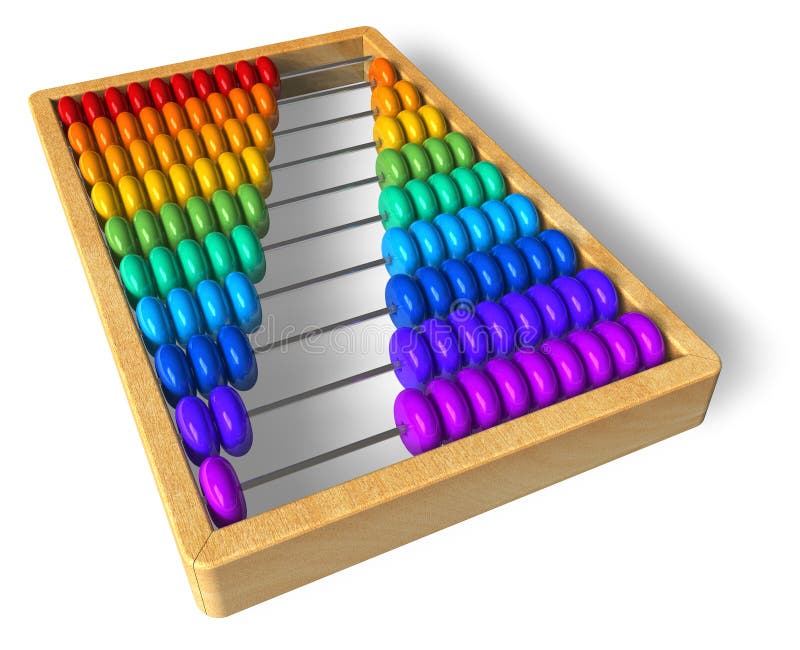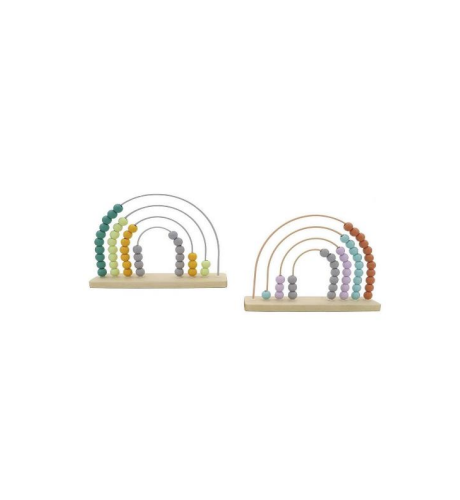
See individual descriptions for more details on kit-specific contents.~ Anh
#Rainbow abacus upgrade#
Please note that if you start with a deluxe kit, you will need a different upgrade kit to transition to the next level. Deluxe Starter kits (and deluxe add-on kits) are now available, which include everything in the original kits, plus additional recommended books and manipulatives. Add on kits allow you to move forward, buying only what you need in addition to what you already have for the next levels.
#Rainbow abacus manuals#
Both lesson manuals and worksheets are spiral-bound. (The worksheets are also available separately for multiple students.) Lesson manuals contain detailed lesson plans with helpful diagrams and teaching notes.
#Rainbow abacus manual#
In Level G, students continue to practice arithmetic, fractions and decimals, while they begin to also explore triangles, area, volume, ratios, Pythagorean Theorem, tiling, and other new concepts.Īll levels require a lesson manual and worksheets, which are included in the starter kits. Short division precedes long division, which is taught in fourth grade."

Teach four-digit addition and subtraction on the abacus let the children discover the paper and pencil algorithms.ġ1. Teach informal solutions and mental computation before written algorithmic work.ġ0. Teach tens-based strategies for addition and subtraction facts that have a sum > 10. Only after the above work, give the traditional English names for quantities 20 to 99 and then 11 to 19.Ĩ.

Provide opportunities for trading between ones and tens, tens and hundreds, and hundreds and thousands with manipulatives.ħ. Proceed rapidly to hundreds and thousands use place-value cards. Use expanded notation (overlapping) place-value cards for recording 10s and 1sĦ. Use the "math way" of counting say for example, 1-ten 1 for eleven, 1-ten 2 for twelve, 2-ten for twenty, and 2-ten 5 for twenty-five.ĥ. Once quantities 1 to 10 are known, proceed to 10 as a unit. Avoid counting procedures for finding sums and remainders.Ĥ. Use fingers to show quantities up to 10 teach 6 to 10 as 5 plus a quantity.ģ. Refer to quantities of up to 3 as a group do not count individually.Ģ. I cant summarize this program better than the creator, so let me quote from the manual:ġ. RightStart students learn to count the "math-way" before they are taught the less intuitive words for 11 to 19. Literally translated, eleven is "ten-one," twelve is "ten-two," and so on.

Asian words for numbers greater than 10 implicitly give you a feel for the base ten system. This program also uses a unique number naming system. When asked to add 9 + 7, instead of counting 7 up from 9, you would take 1 from 7 to make 10 and 6. In this program, the student is taught to see quantities in groups of fives and tens. Based on research comparing the differences between Japanese first grades and first grade classrooms in the U.S., this curriculum incorporates certain aspects from Asian math programs such as non-counting strategies and, for us, an alternative number naming system.


 0 kommentar(er)
0 kommentar(er)
